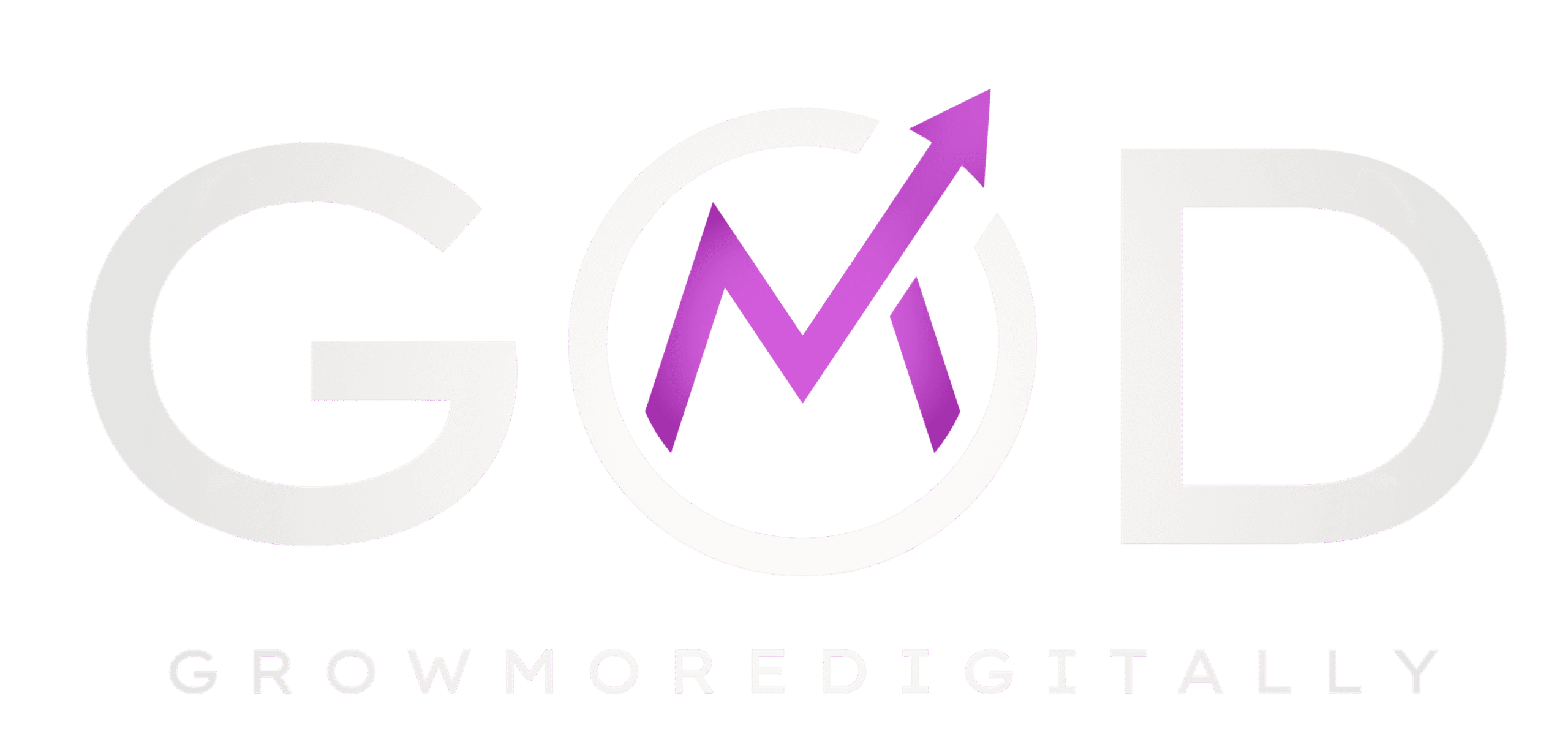What Is PPC Marketing?
What Is PPC?
PPC, or Pay-Per-Click, is a popular online advertising model that enables businesses to place their advertisements on relevant websites, search engines, and social media platforms. The key feature of PPC is that marketers only pay when the audience clicks on their ad, that’s why the name “Pay-Per-Click”.
How The PPC Model Works
In PPC advertising, businesses create ads that target specific keywords or demographics and then bid for ad placement on various websites and platforms. The cost per click (CPC) is determined by the amount a business is willing to pay for each click and the competition for ad space. The higher the bid, the more likely the ad will appear in a prime position.
PPC ads can be displayed on multiple websites and platforms, including search engines like Google, Bing, and Yahoo, as well as social media sites like Facebook, Twitter, and LinkedIn. This makes it easy for businesses to target their ads to the people who are most likely to be interested in their products or services.
PPC advertising is highly measurable and provides real-time data on the performance of an ad campaign. This data can be used to optimize an ad campaign and make data-driven decisions on how to allocate budget and resources.
But It’s crucial to keep in mind that effective PPC advertising involves careful planning and management. This entails doing keyword research, writing catchy ad copy, and regularly checking and changing bids. Businesses must also have a clear understanding of their target audience, their goals, and the conversion rate they want to achieve.
In conclusion, PPC advertising is a cost-effective way for businesses to reach a large and relevant audience and achieve their advertising goals. With careful planning, management, and optimization, PPC advertising can help businesses grow their brand and increase their return on investment.
Pay-Per-Click Models
The flat-rate model or the bid-based model is frequently used to calculate the costs associated with pay-per-click advertising.
- 1. Flat-rate model
- 2. Bid-based model
1 – Flate Rate Model
The flat-rate model involves charging a fixed amount for a specific period, such as a month or a year, regardless of the number of clicks or impressions generated by the ad. This model is suitable for businesses that have a predictable ad spend and want to avoid fluctuations in cost due to changes in demand or competition. The flat-rate model may also include additional benefits such as premium ad placement or priority support.
2 – Bid Based Model
The bid-based model is based on the concept of an auction, where advertisers bid for the placement of their ads in search engine results or other online platforms. Advertisers set a maximum bid for each click or impression, and the platform uses an algorithm to determine the ad’s position based on the bid and other factors such as ad relevance and quality score. This model allows advertisers to have more control over their ad spend and target specific keywords or audiences. However, it requires ongoing monitoring and optimization to ensure that the bids are competitive and generate a positive return on investment.
